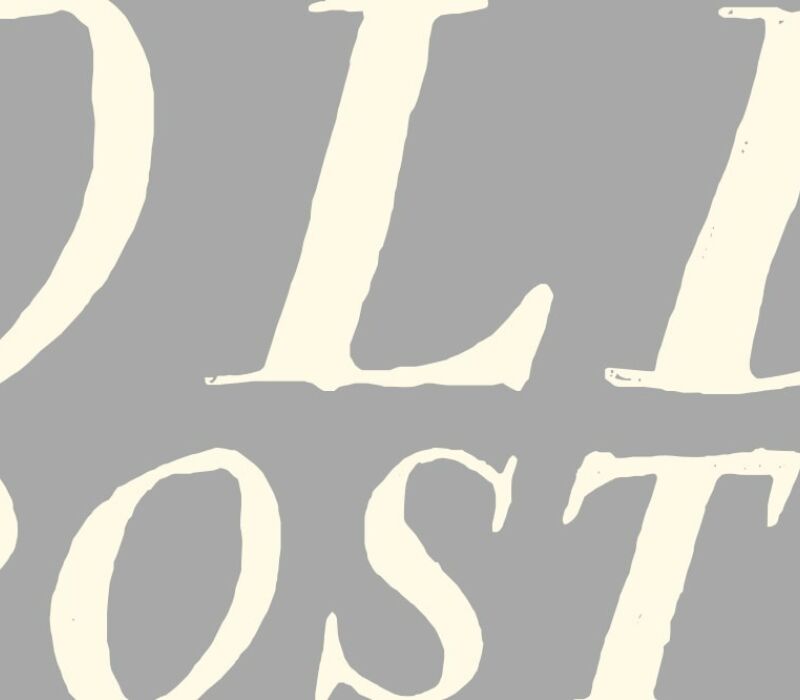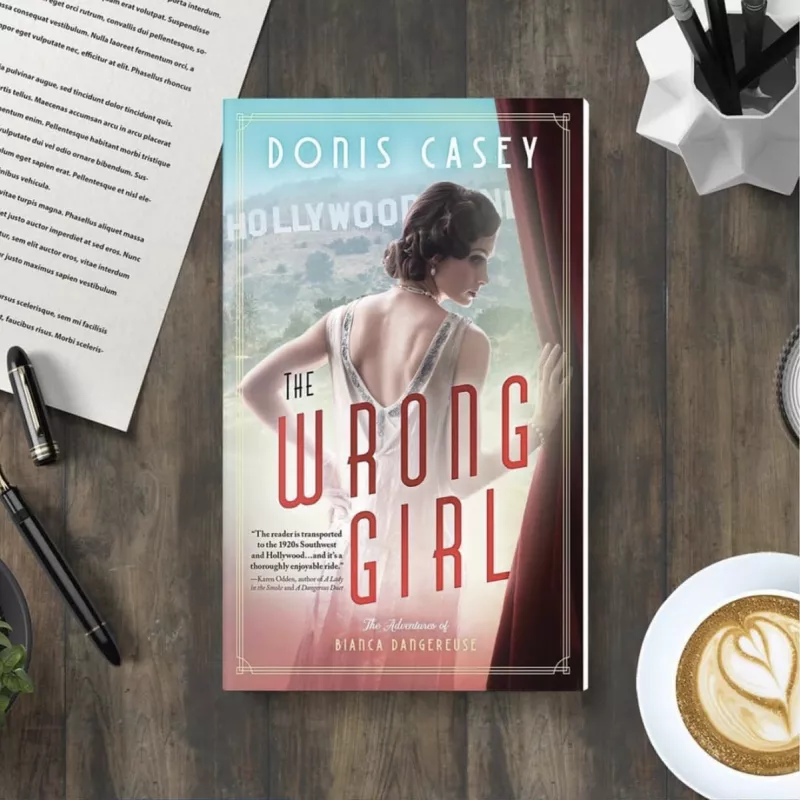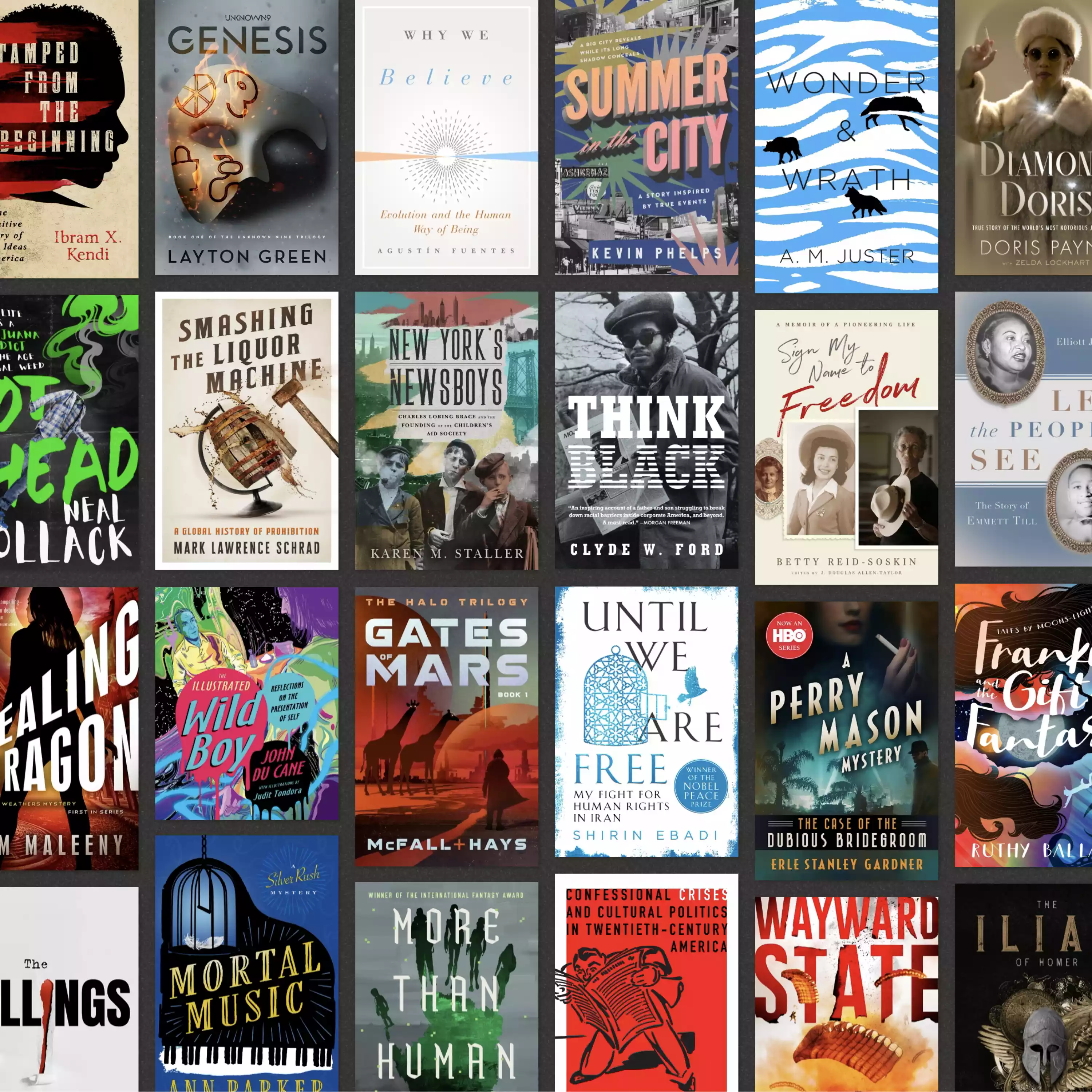
Stock Images: The Good, the Bad and the Ugly
Stock imagery has gotten a bad rap in the minds of indie authors. We'll explore why that is and how you can learn to use stock images to your advantage and create compelling book covers and more!
WRITTEN BY: Ian
July 27th, 2021
Stock images.
You either hate them or you love them.
The fact is that 90% of the images that you see on book covers, whether they are published by major publishing houses or for smaller presses and independent authors, are going to be some sort of stock images.
Stock images got a bad rap probably sometime in the late 80s and mid-90s (though they technically have been in use for a lot longer than that). At the time, there were stock photography books that designers and advertisement houses used to create their design work more efficiently. They were often pretty cheesy and featured a lot of forcefully smiling people doing various things (like exercising with a headband and pink dumbbells). There were also many images of standard everyday objects/still life. These were often used by advertising firms to create quick solutions for their clients. But design studios and their clients didn't want to pay an arm and a leg to use a photograph of a bowl of fruit, a telephone or a garden-variety jogger or cyclist.

Thus, royalty-free stock companies were born. They provided an easy, hassle-free way for designers to create advertisements or run-of-the-mill generic designs for brochures, pamphlets, and even books. As time went on, stock photography became more sophisticated and the offerings of royalty-free stock houses became more diverse and creative, giving designers an opportunity to use such affordable and accessible images in their work for an assortment of things beyond customary advertising and promotions.
While many design firms will still hire photographers, illustrators, and other artists to create original work for their projects, it has become more and more commonplace for stock images to be used on book covers, posters, as well as CD and DVD covers.
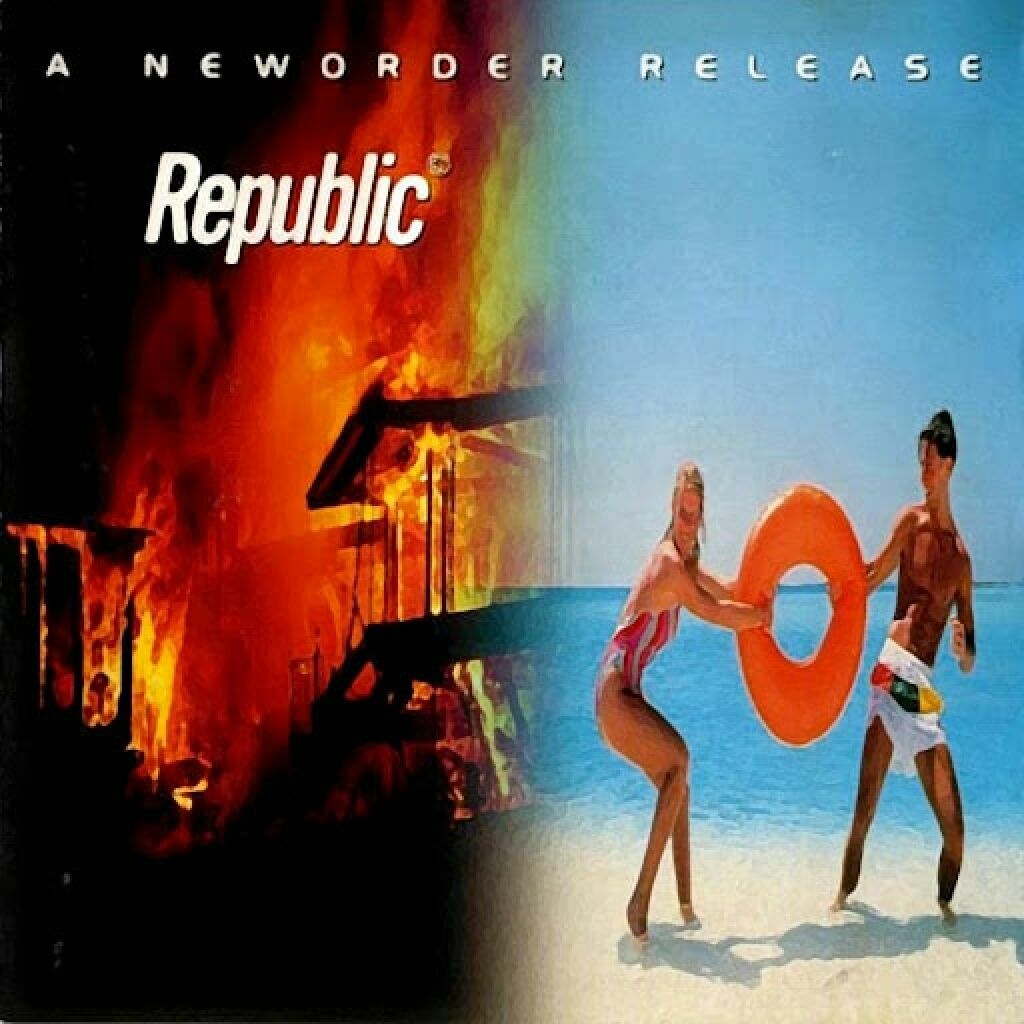
Suffice it to say, stock photography has come a long way. There are many stock photography houses and the choices are pretty much endless in terms of the type of quality and extremely talented content creators.
Some stock image websites offer imagery more suitable to non-fiction history or historical fiction others focus on crime/mystery/suspense, while others may be well suited to sci-fi or young adult novels. There is no shortage of choices and designers will usually have subscriptions with at least three to six major stock image houses. The more specialized the stock house, the more likely they will represent a very specific roster of artists and therefore tend to offer more rights-managed selections, which we’ll discuss further in just a bit.
Very high-end photography, illustrations, and beautifully staged conceptual images still can cost a bundle. On that note, let's discuss the different types of stock imagery.
Your main options for stock image types are royalty-free and rights-managed. And when we speak of stock images, we're talking about everything that spans the gamut from illustrated to computer-generated art, photography, digital composites, and even lettering, logos, and in some cases even templates for things like websites, brochures, business cards and other promotional designs. Basically, any imagery that has been produced with the intention of being sold on stock sites so that designers have a resource of existing artwork to build designs from or use in their design work.
Royalty-free
Royalty-free means that the artist who created the image does not collect royalties for the usage of their art beyond their basic agreement with the stock house that represents their work. The royalty-free stock company collects a fee from designers who are using the service and then the stock company pays a small percentage to the artists whose work is being used. These fees are often very small. Royalty-free images generally do not require an extended or complex usage agreement. These images are often cheaper, but not necessarily of inferior quality (though they can be). Part of any good designer's job is knowing crap stock from good stock.
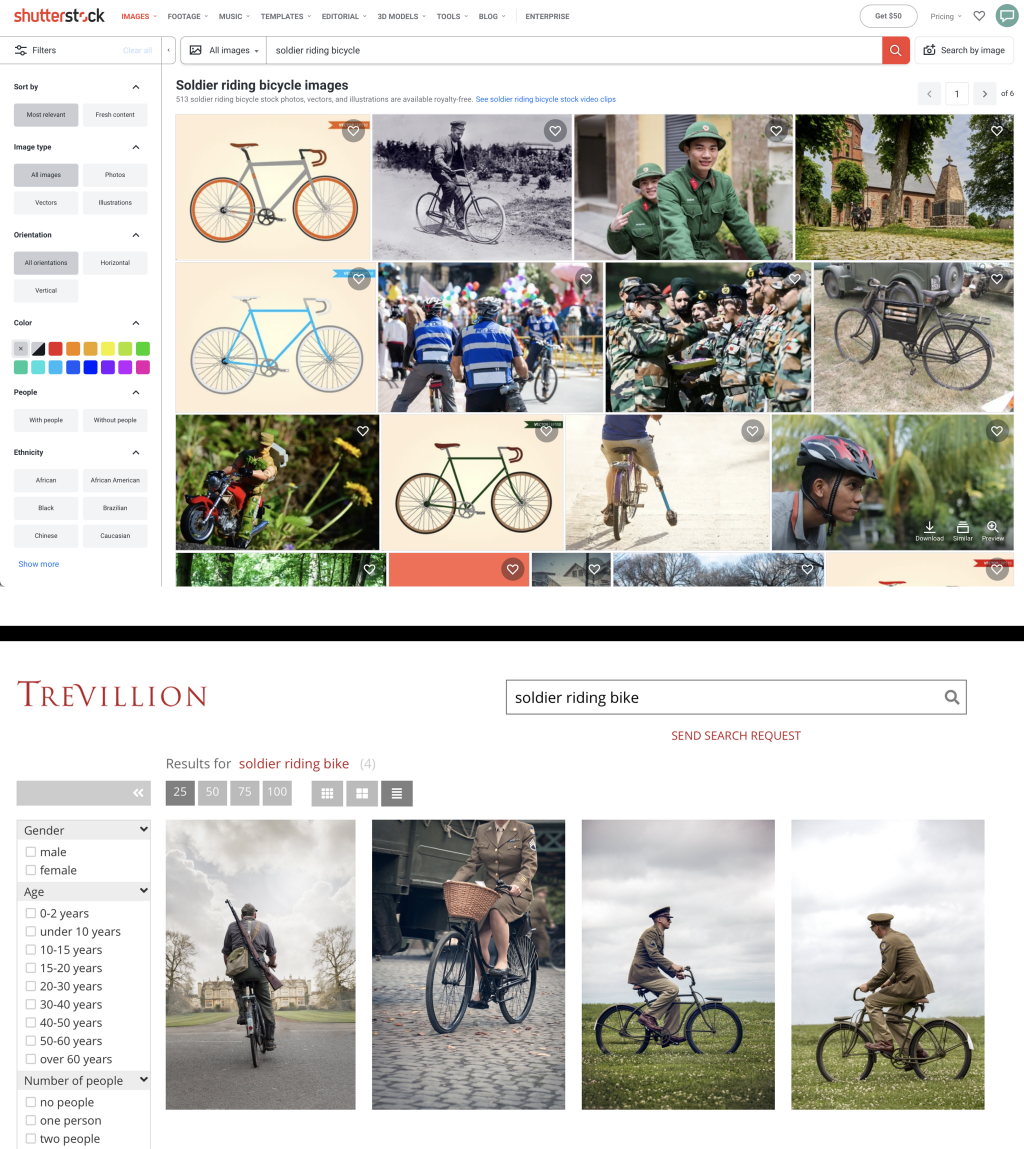
In this above example (divided by a black line) you can see two different stock houses and their offerings for the search query of "Soldier on Bicycle." The first website, Shutterstock, is royalty free. The search results yielded over 30 pages of images. As you can see, they are all pretty lackluster and, for lack of a better word, "stocky." Meanwhile, the website below, Trevillion, is a rights-managed website. While the offerings are limited, they are more refined and usable. It is possible to find such quality images on royalty-free websites, but it is more difficult and takes a longer time. Usually, a designer will gather assorted royalty-free images and create a composite. If the designer is good at what they do, the composite may very well be just as good if not better than the rights-managed (limited) options.
Usually, the license agreements for royalty-free images are pretty loose. They will cover many different types of usages and there won't be many restrictions. Cheap and fewer restrictions? What could possibly go wrong? Sign me up!
The downside is that these images may appear in other design work. It happens and you can see tragic instances of that here and here and here!
So, for example, a man holding a gun and running through a dark tunnel may end up appearing on other book covers, if it's royalty-free. However, there are literally millions and millions of royalty-free stock images of tunnels and men running with guns. As well, there are many designers making every possible effort to make those images look as unique and different as possible. How do they accomplish this? By combining various images: maybe use a tunnel from this stock image, a man from another stock image, and add other elements, lighting, and textures. Altering stock elements, colors, or building entire unique scenes creates a unique new image. So, stock, but not so stocky…
Royalty-free stock sites usually have various payment plans that give designers access to a certain amount of images per month or per year. These plans typically cover a wide range of usages. As long as credit is given either to the stock house or to the artist responsible for creating the original work, designers are free and clear to use such images to their heart's content. In fact, it's not uncommon for a book cover to use anywhere from three to 10 different images to compose an otherwise seamless scene or conceptual illustration.
Benefits of royalty-free art include:
1. Access to an endless array of affordable artwork that can be used in creative ways by designers.
2. Cheap.
3. Usage license extends for international usage, on many media, and with fewer restrictions.
4. Many more options of art/image styles. There are many more royalty-free stock houses than rights-managed.
Drawbacks to royalty-free:
1. You may have to get creative in searching for quality stock images. Many royalty-free websites can tend to have a lot of cheesy images.
2. Though unlikely a concern, there may be duplicate usage. We've all seen the websites that show the same stock image used on multiple covers. It happens. It happens to large publishing houses and it happens to Independence Publishers as well. It's avoidable if the designer does their research.
Rights-managed
Then we have rights-managed images. These typically cost more and have limited usage. Limitations can range from owning the image outright, to having rights to use an image for a specified period of time. There may also be restrictions on how many copies (i.e. only 5,000 books and only sold in the U.S.), and what can be done with an image in terms of manipulation. Some stock images that are rights-managed forbid any alteration to the image. As you can imagine, this can be limiting to designers. So, in that sense, many designers actually prefer to use royalty-free images that they can manipulate in different ways to create their own unique design and illustration work.
Some of the benefits of using rights-managed images are:
1. You can buy an image and own it.
2. You can rest assured the image is not going to pop up on another cover.
3. Possible extended usages granted for many types of media and international rights.
The cons:
1. Typically pricey.
2. After the period of time is up you need to pay for continued usage or not reproduce the design anymore.
3. Possible penalties for breaking license agreements.
4. In most cases the creator of the work gets paid a royalty for every type of usage (websites, book covers, promotional materials, etc.). This can add up.
5. Limits on altering the original. Limits on usage, i.e. just for a book cover, but not posters or websites.
In the publishing world as well as the design world there has always been a raging argument about stock image use. As mentioned, it would be hard for us to find a cover nowadays that doesn't use some sort of stock image. That doesn't mean there aren't many very talented artists who are creating unique illustrations or photography for book covers that don't use stock images. Revolutionary book designers like Chip Kidd were known to purposely avoid stock images at all costs and seek out artwork from flea markets, or have long-standing relationships with photographers who could create the exact images they desired to use in their designs (most designers are not so lucky to have budgets to pay for custom photoshoots). Other designers, like David Drummond, are very old-school and will venture to create their own hand-made art, and do the photography and final composite work as well. And still others, like Kimberly Glyder, are so talented as to to do original artwork for their covers as well as lettering.

In the samples above, we see a famous Chip Kidd cover for Haruki Murakami. The photograph is by Kidd's muse photographer, Geoff Spear. Could you find a similar image on a stock website? Absolutely. It would take some searching, but you may even find a better one, who knows?! The second cover, by designer David Drummond, features his iconic subtle style. He has meticulously cut a letter "L" out of some paper, photographed it, and then designed the rest on the computer. Highly original and no stock. And last, but not least, legendary cover artist, Kimberly Glyder is a hard act to follow. She is not just an immensely talented cover designer, but can actually paint and hand-letter to boot!
Still, as a general rule, 90% of what you see out on the shelf at Barnes & Nobles or as you scroll through Amazon will be some sort of stock image or a stock image composition.
On that note, about 90% of the book covers that you see on our website feature some sort of stock image manipulation. But in some cases, not a lot of manipulation is required. Sometimes a royalty-free image that you find is really great as is. There are many talented artists and photographers and digital content creators that sell their goods on stock websites. Artists that are represented on royalty-free stock websites are still getting paid. They often have their work represented not just on one royalty-free stock website but on literally hundreds, to cover more ground and circulate their work. That can add up to a lot of sales. At the same time, it is definitely not the best way for photographers and artists to be making a living. Most of the time the artists and photographers who are selling their images on stock websites are professionals in their own right and have otherwise thriving art, design, or photography careers.
On the other hand, stock websites that sell mostly rights-managed artwork can be a pretty lucrative career for some content creators. Photographers and artists who have their work represented on rights-managed stock websites are likely pretty famous and extremely talented at what they do. Rights-managed images can be quite pricey. On average, to license such art can range from $300 to $5,000 and up. With the average cost of a book cover design ranging from $500 to $2,000, most publishers or independent authors are not really going to spend that kind of money for cover imagery. They're more interested in seeing what the designer can come up with using whatever is most affordable or create their own original photographs, illustrations, and digital compositions. It's also not uncommon for most designers to be pretty adept at photo illustration, hand lettering, and any number of useful talents for creating effective book covers.
Bottom line: Don't be too concerned about using royalty-free stock images for your book cover. Designers are talented at using such resources in unique and interesting ways. If after reviewing the work of various book cover designers you have the sense that you've seen certain images before, used on other covers, it's probably safe to say such a designer's work lacks a certain depth and originality in how they're using stock images. And in all honesty, even if they were using rights-managed images it would make little difference in the final outcome.
So here's to stock images! We use them and so should you.


